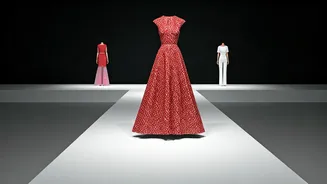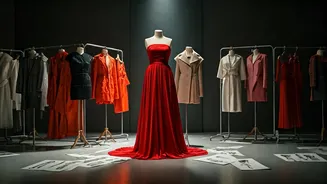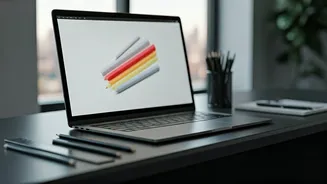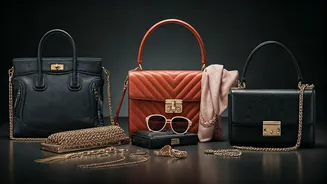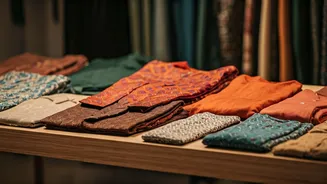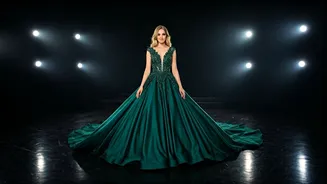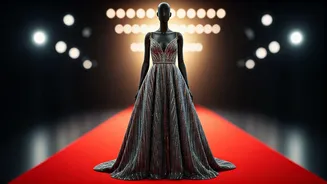Unequal Opportunities Persist
Fashion, a sector often seen as glamorous, unfortunately mirrors wider societal inequalities. Despite increased awareness of gender parity, women designers
encounter consistent hurdles. They frequently lack equal opportunities for career advancement, funding, and recognition compared to their male colleagues. The industry’s structure, which often favors established male designers, makes it challenging for women to break through and attain similar levels of success. Even with the growth of diverse viewpoints and the shift towards sustainability, the core issue of gender imbalance remains. This is not solely due to overt discrimination but is also a result of ingrained systemic biases, which have far-reaching effects on the careers of female designers. These biases can influence everything from investment choices to media coverage, consequently creating a cycle of inequality.
Systemic Biases Exposed
The fashion industry's inner workings reveal deep-seated prejudices that women designers must navigate. These biases are not always intentional but are often reflected in the preferences of investors, the focus of media outlets, and the selection processes for awards and collaborations. Women may find themselves in situations where their designs are underappreciated or marketed in ways that reinforce stereotypes. Funding can also be a challenge, with female-led businesses sometimes struggling to secure venture capital or loans on the same terms as their male counterparts. This scarcity of resources limits their ability to compete, expand their businesses, and make a significant impact on the industry. The collective effect of these systemic issues is a consistent underrepresentation of women in leadership roles and creative positions within the fashion industry, thereby perpetuating the gender gap.
Amplifying Women's Voices
Addressing the challenges that women designers face requires a multi-faceted approach. Highlighting their achievements and creating platforms to showcase their work are vital steps. This involves promoting the careers of women in fashion, ensuring that their work is showcased in prominent magazines, exhibitions, and fashion shows. Mentorship and networking programs can also provide invaluable support and guidance, helping women designers navigate the industry and build vital connections. Furthermore, advocacy groups can exert pressure on companies and organizations to adopt gender-inclusive policies and practices. By promoting equal opportunities, supporting female-led businesses, and challenging discriminatory practices, the fashion industry can slowly create a more equitable environment where women designers can flourish and make a true difference.
A Path Forward
The future of fashion relies on making genuine improvements in gender equality. This involves implementing robust policies and practices that support women designers at all stages of their careers, from education and training to funding and leadership positions. It's crucial for the fashion industry to value diversity and offer equal representation in media coverage, exhibitions, and award ceremonies. Encouraging more women to participate in the fashion industry and creating inclusive environments that appreciate their work is essential. Ultimately, the goal is to dismantle the barriers that prevent women designers from achieving their full potential and to foster a more inclusive and dynamic fashion landscape where talent, innovation, and diverse perspectives are celebrated equally.
